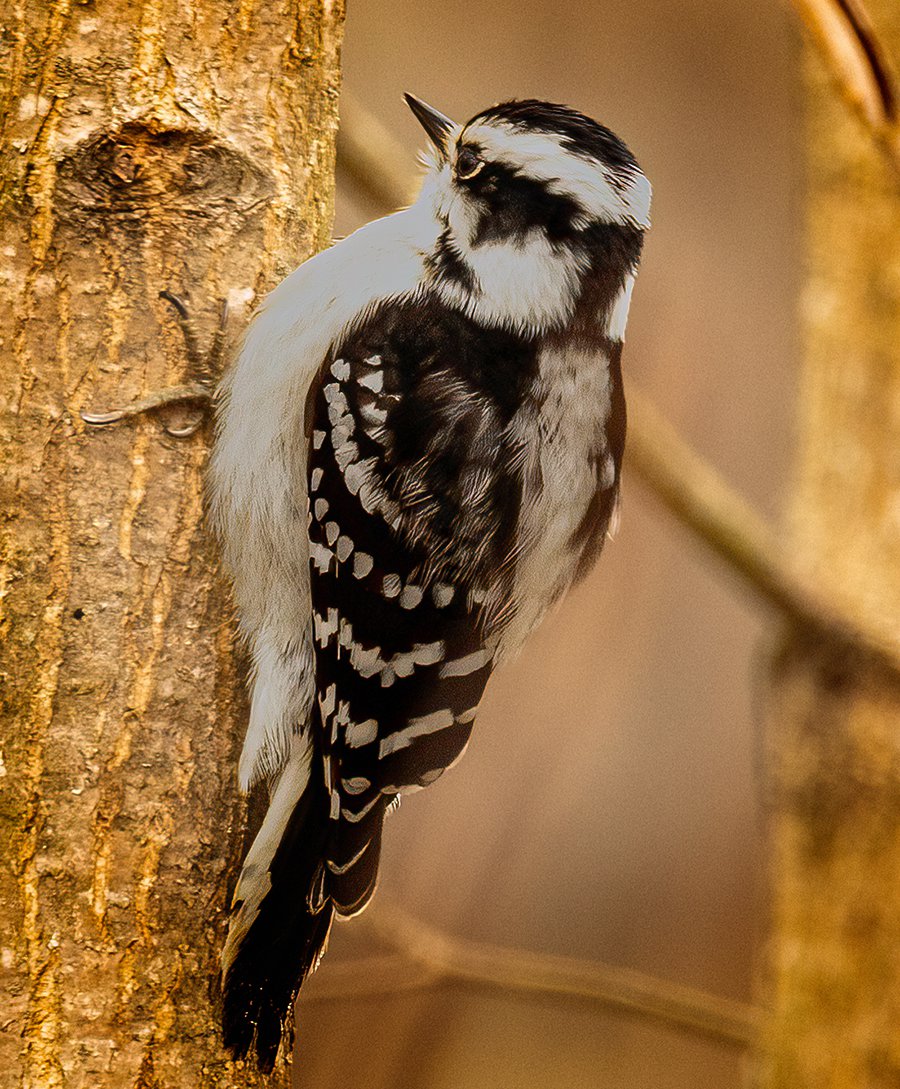Native Woodpeckers in Florida: An Overview to Variety and Behaviors
Native Woodpeckers in Florida: An Overview to Variety and Behaviors
Blog Article
Unveiling the Tricks of Woodpeckers: Actions, Environment, and Much More
Woodpeckers, with their distinct habits and specialized adaptations, have actually lengthy attracted researchers and nature lovers alike. By discovering the mysteries bordering woodpeckers' actions and environment options, a deeper understanding of these avian marvels arises, providing a peek into their remarkable globe.
Woodpecker Habits Insights
In analyzing woodpecker actions, an interesting display of specialized abilities and adjustments emerges, shedding light on their impressive environmental niche - Woodpeckers in Florida. Woodpeckers, known for their distinct drumming on trees, possess a selection of behavior characteristics that add to their survival and success in their atmosphere. One essential actions is their drumming, which serves multiple objectives such as communication, developing area, attracting companions, and locating food resources. This rhythmic pecking additionally showcases their amazing toughness and endurance, as they can hammer away constantly at high speeds without triggering harm to themselves.
Additionally, woodpeckers show an unique feeding habits identified by their ability to essence insects from tree bark using their specialized beaks. Their lengthy, barbed tongues help in catching victim, while their solid neck muscles supply security and precision during pecking motions. This feeding approach allows woodpeckers to gain access to concealed insect larvae and remove them with remarkable performance.
Habitat Preferences and Choice
What variables affect the environment choices and option of woodpeckers? Woodpeckers are extremely versatile birds known to occupy various atmospheres worldwide. Nevertheless, they do exhibit preferences for sure environment qualities. One important aspect influencing woodpecker environment option is the schedule of ideal nesting websites. Woodpeckers generally choose forests with a mix of fully grown trees that supply ample possibilities for cavity excavation. These dental caries function as vital nesting and roosting sites for woodpeckers and are important for their reproducing success.
In addition, woodpeckers reveal a choice for habitats with an abundant supply of food resources. They are mostly insectivorous, eating beetles, ants, larvae, and other bugs discovered in worn out timber or tree bark. As a result, woodpeckers often tend to favor woody locations with a diverse insect populace to fulfill their dietary demands.
Furthermore, the presence of dead or worn out trees is one more key consider woodpecker environment selection. These trees not only offer food sources yet likewise offer suitable substrate for tooth cavity excavation. Dead trees are necessary for the maintenance of healthy and balanced woodpecker populations, as they play a vital role in the woodpeckers' life cycle and ecosystem dynamics.
Feeding Habits and Diet Composition
Woodpeckers show a specialized feeding habits concentrated on foraging for pests within different habitats. Their diet mainly includes pests such as beetles, ants, caterpillars, and crawlers, which they find by touching on tree bark and listening for the audio of movement inside. Woodpeckers utilize their strong beaks to drill into the wood and their long, barbed tongues to extract prey from holes. Along with insects, woodpeckers likewise take in tree sap, fruits, nuts, and seeds, adding range to their diet plan relying on the season and availability of food sources.
The foraging methods of woodpeckers are well-adapted to their arboreal lifestyle. Woodpeckers play a crucial duty in preserving the health of woodlands by managing insect populations and assisting in the disintegration of wood.
Drumming Sounds and Interaction
Utilizing quick drumming noises on various surface areas, woodpeckers utilize a distinctive kind of communication to signify area boundaries and draw in mates. This drumming actions is not only a means of communication yet additionally acts as a method for woodpeckers to develop their presence within a particular location. The strength, rate, and pattern of the drumming can convey essential info to various other woodpeckers in the location.
Woodpeckers make use of drumming sounds to announce their existence in an area and to alert off prospective intruders. The loud and repeated nature of the drumming functions as a clear signal to other woodpeckers that the location is currently declared. This aids in reducing disputes and minimizing physical fights in between individuals.

Survival Adaptations and Specialized Makeup

Verdict
In verdict, woodpeckers show one-of-a-kind habits, such as drumming sounds for interaction, and have actually specialized anatomy for survival in their picked official website environments. Their feeding practices and diet plan make-up better demonstrate their adaptability to numerous environments. By understanding these elements of woodpeckers, researchers and conservationists can much better safeguard and maintain these interesting birds and their communities.
Report this page